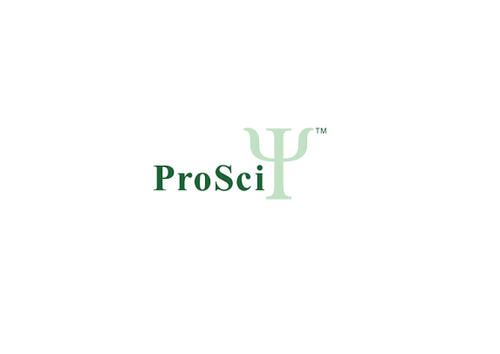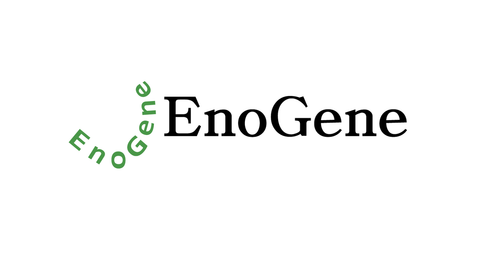Product Description
IL-15RA Antibody | 7233 | ProSci
Host: Rabbit
Reactivity: Human, Mouse, Rat
Homology: N/A
Immunogen: Rabbit polyclonal IL-15RA antibody was raised against a 16 amino acid peptide near the center of human IL-15RA.
The immunogen is located within amino acids 40 - 90 of IL-15RA.
Research Area: Immunology
Tested Application: E, WB
Application: IL-15RA antibody can be used for detection of IL-15RA by Western blot at 1 - 2 μg/mL.
Antibody validated: Western Blot in rat samples. All other applications and species not yet tested.
Specificiy: Multiple isoforms of IL-15RA are known to exist.
Positive Control 1: Cat. No. 1468 - Rat Small Intestine Tissue Lysate
Positive Control 2: N/A
Positive Control 3: N/A
Positive Control 4: N/A
Positive Control 5: N/A
Positive Control 6: N/A
Molecular Weight: Predicted: 26, 30, 38 kDa
Observed: 30 kDa
Validation: N/A
Isoform: N/A
Purification: IL-15RA Antibody is affinity chromatography purified via peptide column.
Clonality: Polyclonal
Clone: N/A
Isotype: IgG
Conjugate: Unconjugated
Physical State: Liquid
Buffer: IL-15RA Antibody is supplied in PBS containing 0.02% sodium azide.
Concentration: 1 mg/mL
Storage Condition: IL-15RA antibody can be stored at 4˚C for three months and -20˚C, stable for up to one year.
Alternate Name: IL-15RA Antibody: CD215, Interleukin-15 receptor subunit alpha, IL-15 receptor subunit alpha
User Note: Optimal dilutions for each application to be determined by the researcher.
BACKGROUND: IL-15RA Antibody: Interleukin 15 (IL-15RA) is a cytokine receptor that specifically binds IL-15 with high affinity. IL-15 regulates T and natural killer cell activation and proliferation. The IL-15 and IL-2 receptors share two subunits, IL-2R beta and IL-2R gamma, and IL-15RA is structurally related to IL-2RA, an additional IL-2-specific alpha subunit necessary for high affinity IL-2 binding. Unlike IL-2RA, IL-15RA is capable of binding IL-15 with high affinity independent of the other subunits. IL-15RA is thought to enhance cell proliferation and expression of apoptosis inhibitor Bcl-xL and Bcl-2.
 Euro
Euro
 USD
USD
 British Pound
British Pound
 NULL
NULL














